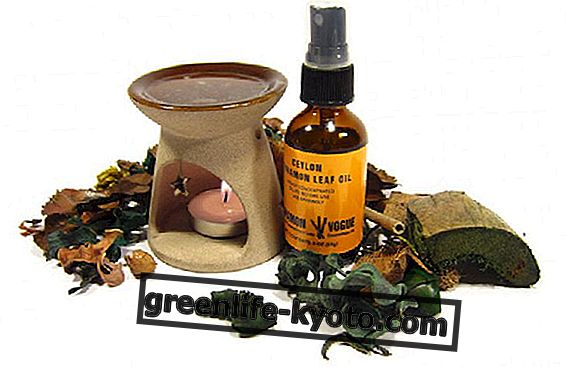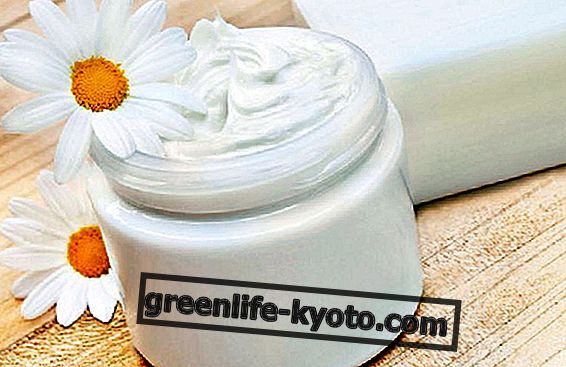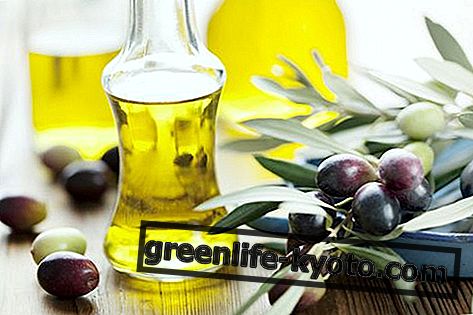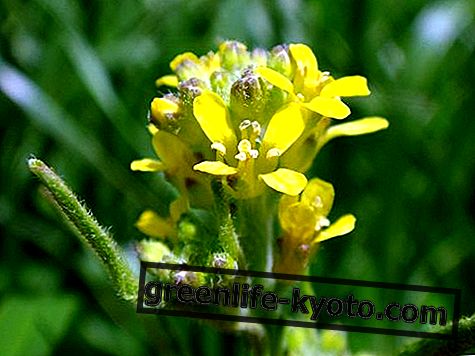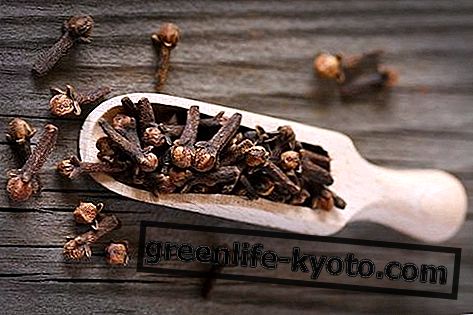Fucus ( Fucus vesiculosus ) is a plant of the Fucaceae family. Known for its laxative and slimming properties, counter-cellulite and gastro-oesophageal reflux is useful. Let's find out better.
>

Properties of the fucus
Fucus is a marine alga, the thallus of which is used and contains mucopolysaccharides (among which stands out alginic acid, fucoidan and laminarin) polyphenols, vitamins (especially B1, C, E), polyphenols, tannins, plant sterols, pigments vegetable (fucoxanthin, beta-carotene) mineral salts (iodine, bromine, potassium, sodium, magnesium, iron)
Iodine, absorbed by the sea, present both in inorganic form, and bound to proteins, in the assumption, it is easily assimilated by the organism and goes to concentrate in the thyroid, where it is incorporated in the thyroid hormones, thyroxine and triiodothyronine. These in turn stimulate the basal metabolism, accelerate the turnover, regularizing the process of fat synthesis by our body. The fucus therefore, carrying out a stimulating action on the metabolism, promotes thyroid function in case of hypothyroidism.
For this reason it is used as a slimming (excellent starter in diets to reduce overweight) in the treatment of cellulite, in obesity. In fact, the mucilages of which they are composed, once reached the stomach, tend to absorb water up to five times their weight, turning into a gelled mass whose volume contributes to the sense of satiety, thus decreasing the stimulus of hunger and allowing a lower caloric intake.
Furthermore, the mass created acts as a stimulant of peristalsis, that is, it promotes intestinal transit: it is in fact a mechanical laxative that can be used in case of constipation. Thanks to the viscous gels formed by these active ingredients, it is used against gastro-oesophageal reflux, by virtue of their anti-inflammatory and protective action on the stomach mucosa.
Method of use
INTERNAL USE
600-800 grams of dry extract in tablets or capsules in the morning at breakfast
Mother fucus tincture: 30-40 gc in the morning at breakfast
EXTERNAL USE
Fucus is used in the formulation of mud and anti-cellulite products.
Contraindications of fucus
It is contraindicated in cardiopathic patients, particularly if it is a carrier of tachycardia arrhythmias, in severe arterial hypertension, during pregnancy and during lactation.
It should not be used in patients with thyroid or hyperthyroid or hypothyroid disease who take Eutirox, because when effects are added , fucus can cause side effects such as tremors, irritability, tachycardia, insomnia and arterial hypertension. Do not use it for more than 6-8 weeks, and do not take it in the evening.
Fucus among natural remedies against thyroidism

Description of the plant
Fucus is a seaweed with a thallus up to 2 meters long, soft and flattened, olive green in color, divided into a rhizoid, or a basal disc with a suction cup with which it adheres to the rock, a jamb provided with two flattened wing parts, and of a frond, with dichotomous branching, which results in two ribbon-shaped sheets up to 5 cm wide, with a median rib more or less evident depending on the species.
At the end of some plates there are reproductive swellings. These are studded with protrusions that take the name of conceptacles and correspond to spherical cavities communicating with the outside through a canalicolo (ostiolo). They are swollen due to the presence of deposits of gelatinous substances, and contain the female gametes (oosphere) or the male gametes (anterozoids).
The fucus habitat
The majority of the species of the genus fucus inhabit the cold seas, however there are some with a large tolerance for the temperate and warm regions which, however, lose their capacity for sexual reproduction.
Fucus vesiculosus is common in the British and Atlantic islands of America and northern Europe, it also grows along the rocky coasts of Morocco, reproducing itself solely by fragmentation.
Historical enni
It seems that the ancients used the fucus to dye red . Virgil recommended it to anemics; Pliny for what is still called "goiter" due to hypothyroidism.
Both started from the observation of nature, because if the fucus turns red and the blood is red, then this alga would have helped those who have weak blood; moreover, those who live near the sea almost never have problems with thyroid enlargement, while in the mountains, far from the influences of Iodine, the cases were and are much more frequent.
READ ALSO
Fucus among natural weight loss supplements: discover the others
Other articles on fucus:
> Lose weight with fucus
> Fucus among the enemy algae of cellulite
Image | Wikimedia
In collaboration with Erboristeria del Pigneto





